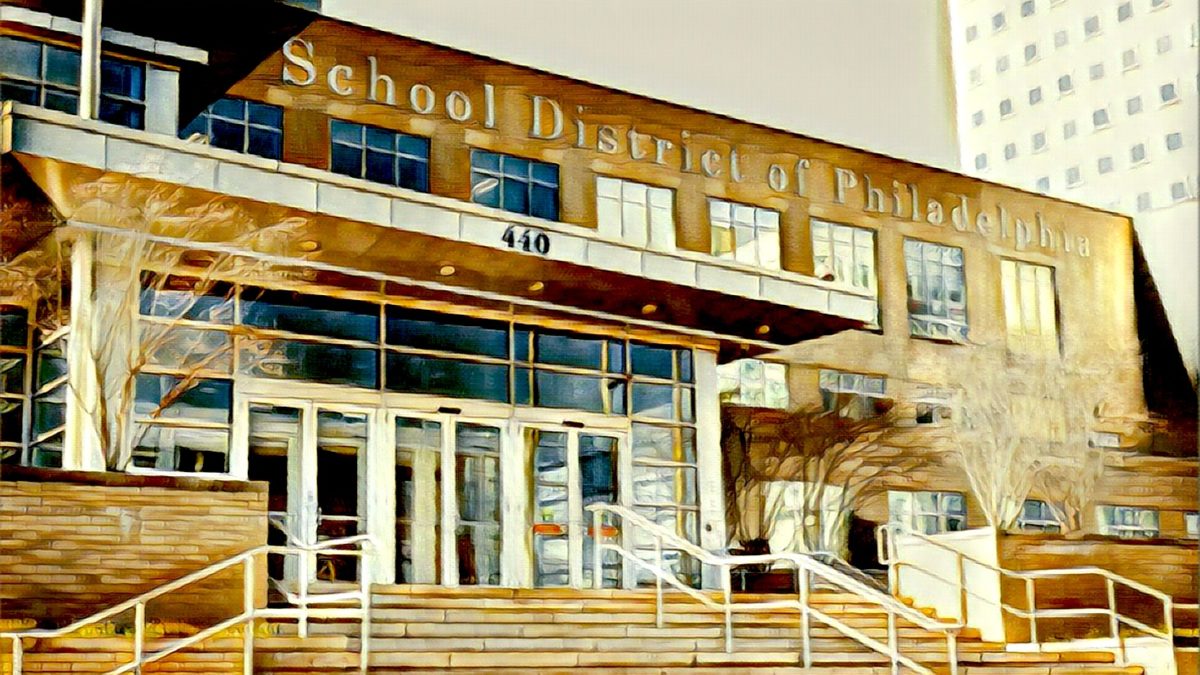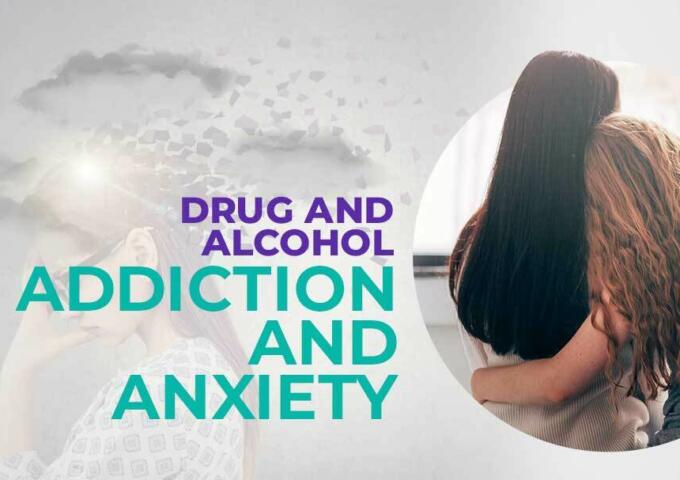It was inevitable, really.
I’m referring to the tail-tucking being done by the Philadelphia School District over outrage from parents whose children are learning in an environmental catastrophe.
Just this week, yet another school popped up on the radar as unsafe due to asbestos, a wildly popular and affordable mineral found in insulating building materials when these schools were built eons ago.
Asbestos was banned entirely by the Environmental Protection Agency in 1989, and one has to wonder if, for the last 30 years, the school district’s just been hoping that this stuff would remain intact? It’s easy to place blame on the current administration, but it’s not entirely fair. I’m willing to wager that there are scores of other schools beyond the ones that have already been put on blast that are just waiting for the moment to cause another stir.
I look at this current saga from a very pragmatic view, which for me is surprising given I have children of my own. I understand these parents’ concerns, and they are valid. The school district has a duty to remediate this stuff and arguably had a 30-year head start in being proactive about doing so.
But people forget the one thing being proactive about this takes that the school district doesn’t have. Money.
This week, schools Superintendent William Hite unveiled what’s being called the “Environmental Safety Improvement Plan” to pull $12 million from the District’s annual budget. Efforts are to remediate the damage of known schools as quickly as possible and develop a process to allow for better ways for staff to report cases of toxicity in schools.
Timing on all of this is to have the known toxic locations repaired in time for the start of the 2020-21 school season. Hite says he’s “committed to getting this right,” which is admirable – but also, it’s not like he has a choice.
Here’s the kicker and the reality of it all …
Hite also mentioned that to fully remediate all of the asbestos and lead-based paint – yes, I’m as shocked as you probably are to learn that there’s most likely still lead-based paint chipping away at some schools in 2019 – it’s going to come at a cost of $150 million over the next five years.
That’s a lot of much-needed dough for actual educational resources appropriated for cleaning up toxic materials in our schools. It’s over a quarter of a $500 million bond the school district has to improve infrastructure.
It’s a budgeted line item, sure, but it’s also one for a district that still relies greatly on city funding to survive since state dollars for the Philadelphia School District are at an (ahem) premium. Still, though, think of what $150 million could go to if it wasn’t spent fixing 30-year-old issues.
Teachers wouldn’t have to purchase their own materials for curriculum.
We could hire more school police, further ensuring our kids’ safety. The list is infinite.
But while I think the school district’s lack of proactivity is at fault, I think the timing of basking in today’s uber-sensitive, uber-PC society is what caught up to the District.
Is this a drastic concern for parents 15-20 years ago? I don’t know.
I don’t think to this extent.
These are no longer the days of parents telling kids to “rub some dirt on it and get back out there.” Now, the dirt, and the level of toxicity in it is the one at fault.
I still smirk a bit at the young families that move into emerging pockets of the city that were formerly large industrial areas like Fishtown, Kensington and Grays Ferry, see that construction is rampant, purchase new construction homes in those regions and are aghast at the level of toxicity in the soil.
The logic for me is lost on that one.
You accept the risks of living in a big city that everything isn’t going to be shiny. And while, yes, the school district is accountable for its lack of proactivity in this asbestos problem, there are a ton of factors that go into that amount of reticence.
Money is one, issues deemed larger is another.
But in my mind the biggest factor?
Up until right now in today’s watchdog society, no one truly cared.
Have something to say about this? Drop our editor a line at voices@philadelphiaweekly.com






Leave a Reply